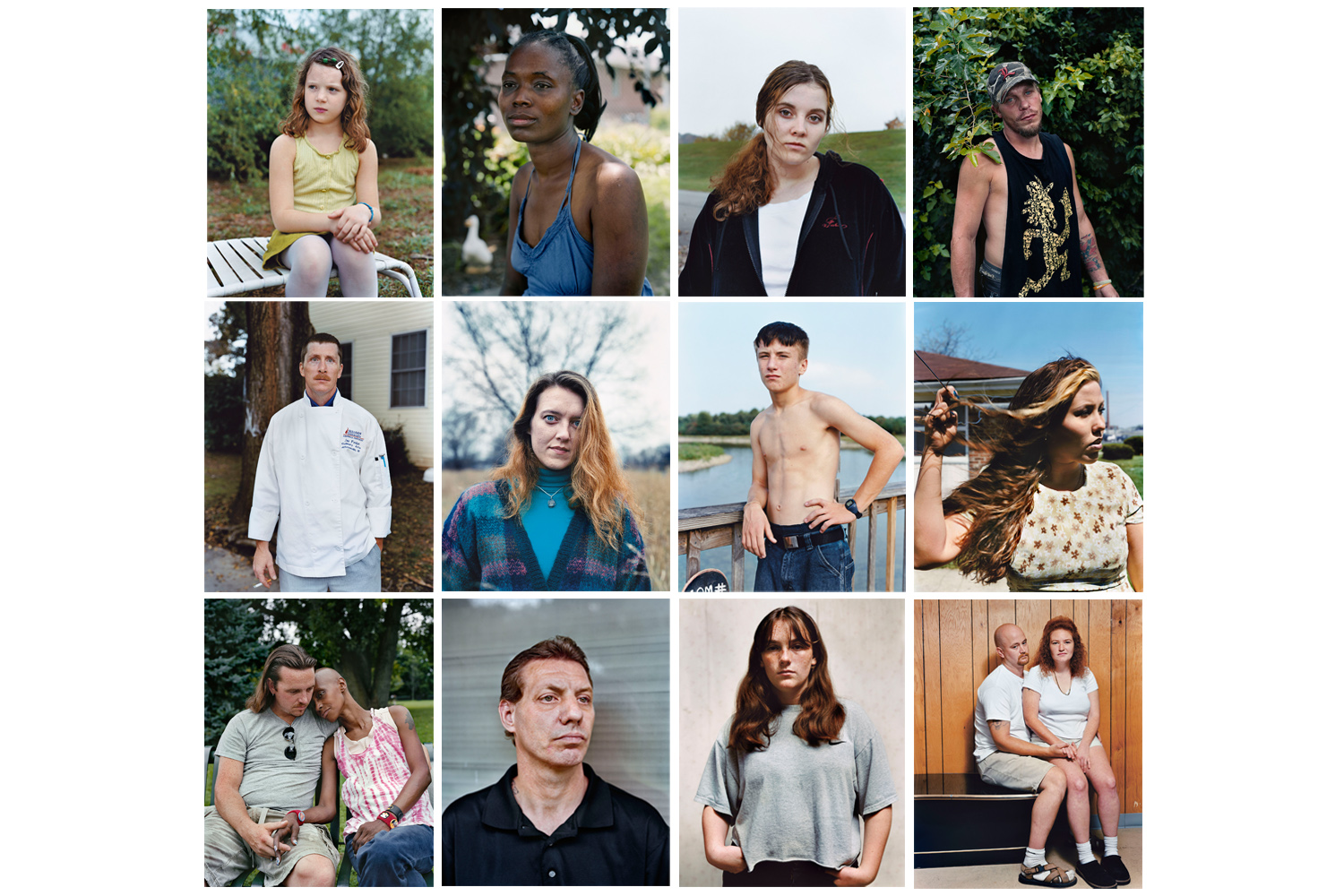
In 1997, Dana Lixenberg accepted a magazine commission that would evolve into one of the great personal projects of her career: an ongoing portrait series of the tenants at Haven House, a homeless shelter in Jeffersonville, Ind.
The New York City-based photographer originally traveled to the Hoosier State to document the shelter’s young homeless women for the now-defunct Jane magazine. But she was struck by the variety of people she met and how much they defied the stereotypical image of homelessness.
“We’re used to seeing photos of homeless people on the street—the down and out, maybe they have a mental illness, or drug and alcohol problems—and it’s easy to distance yourself from them and say, ‘That’s not me,’” Lixenberg says. “The people I met were the working poor, and I was drawn to their strength and charisma in a circumstance that I would find incredibly hard to deal with.”
“It’s shocking how easy it is to fall through the cracks and lose your home. Shelter is a basic need, especially for children, and when this is not met the consequences for society at large are tremendous. Do we want to live in a society that accepts this situation?”
Lixenberg decided to continue documenting the shelter’s tenants on her own, returning to Haven House once a year, for the next seven years. She used a 4×5 camera and picked nondescript locations outside of the shelter for the portraits, wanting to capture her subjects free from their circumstances.
“It wouldn’t have done them justice to photograph them on a bed in the shelter,” Lixenberg says. “You don’t need a photograph to understand that circumstance. I didn’t want people to see these as portraits of homeless people, but instead for them to see the rich complexity of each individual. You could put these images next to my celebrity portraits, and the essence of each photograph would be the same.”
After her 2004 visit, Lixenberg compiled some of her portraits into a book, Jeffersonville Indiana, published in 2005. And she revisited the project this past summer, when she returned to Haven House on assignment with TIME. Lixenberg says she was eager to return to Jeffersonville to see if things had changed, amid reports about the shifting demographics of the homeless.
Total homelessness in the country has dropped an estimated 17 percent from 2005-2012, according to the National Alliance to End Homelessness. But the percentage of rural or suburban homelessness rose from 23 percent to 32 percent in the 12 months ending September 2008, per a survey by the U.S. Department of Housing and Urban Development. In fact Barbara Anderson, executive director of Haven House, says most people are surprised to learn that the majority of her tenants are elderly women and their families. Her busiest months so far this year have been August and September, when many families were preparing to send their kids back to school, with 85 people staying in the shelter built for 60 on some nights. Like Lixenberg, she thinks that the nation needs to broaden its perception of homelessness in order for the situation to improve.
“In Jeffersonville, we don’t have the same issues that the homeless have in cities like New York, which is what people are used to,” she says. “People don’t want to see working people as homeless, or families as homeless—that would feel too familiar and we’d have to do something about it.”
It’s a progress that Lixenberg hopes her photographs can encourage by providing a more realistic, often unseen image of homelessness. When she returned to Jeffersonville this past July, Lixenberg found that little had changed. In fact, the shelter seemed busier than ever.
“It’s been 16 years now, and aside from some clothing styles, I don’t think you can really tell a difference from the older photographs and the ones I took this summer,” she says. “Things haven’t really changed for Jeffersonville, and in a way, that makes the old work even more relevant today.”
Dana Lixenberg is a Dutch photographer based in New York and Amsterdam.
Feifei Sun is an Atlanta-based writer. Follow her on Twitter @feifei_sun.




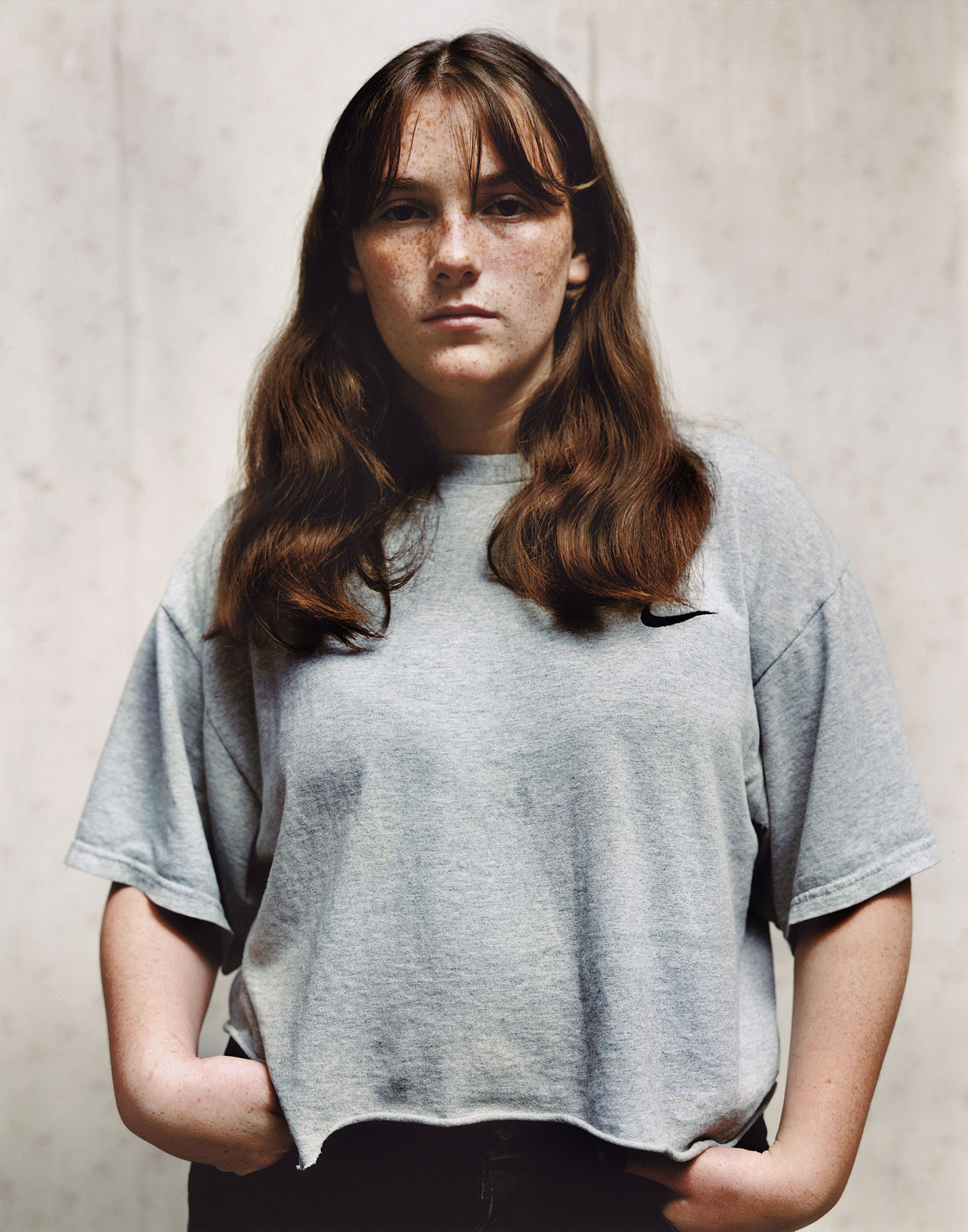
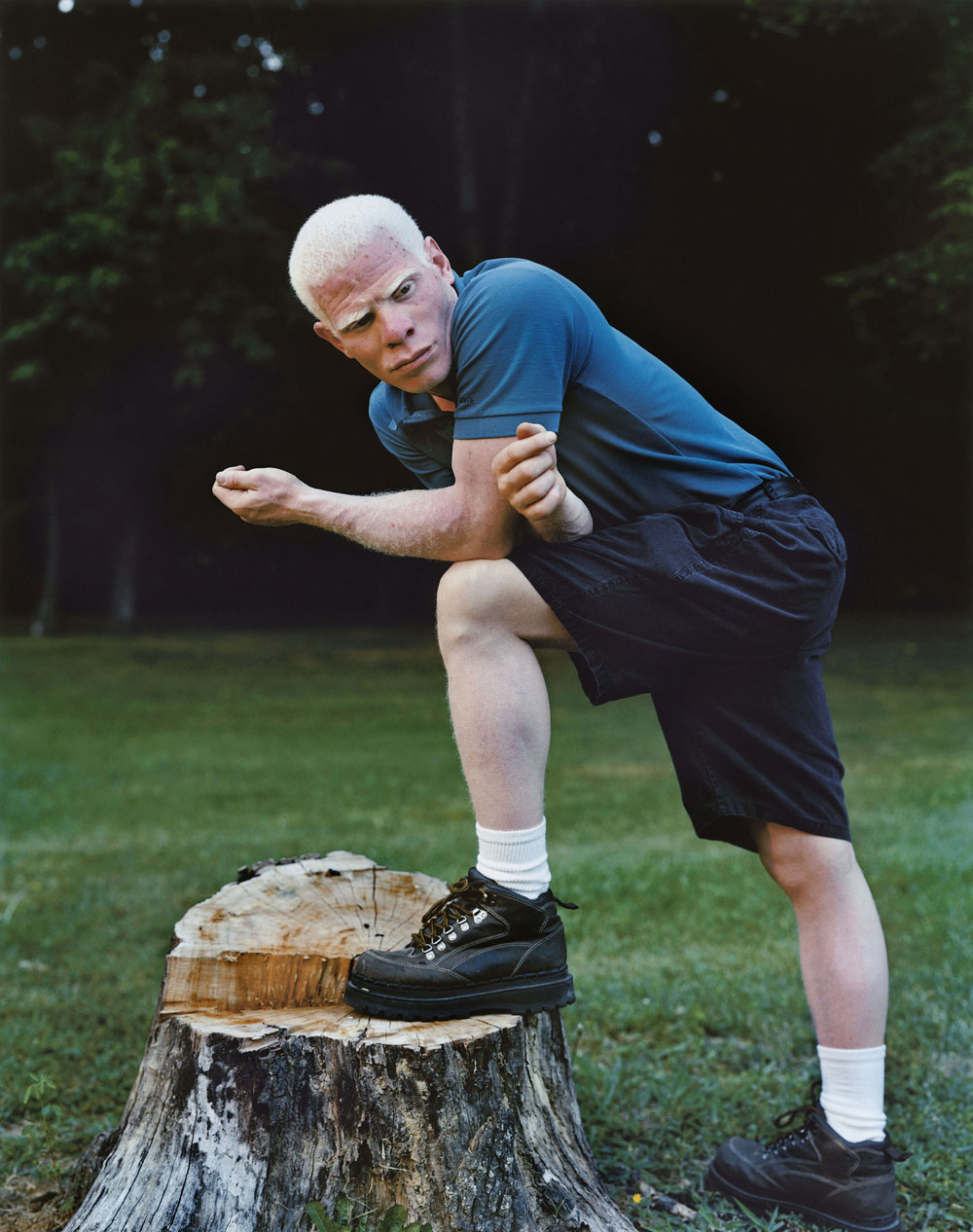



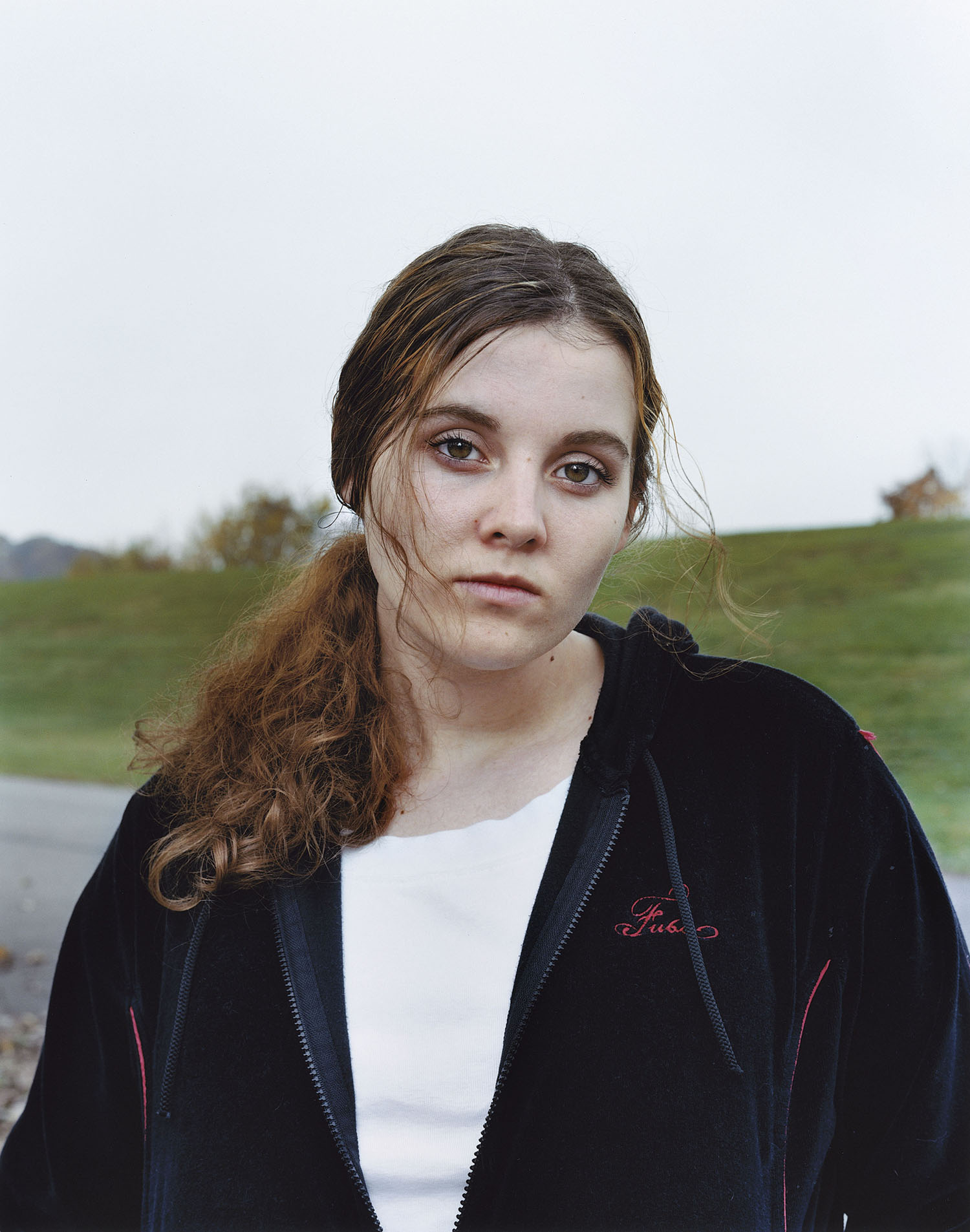

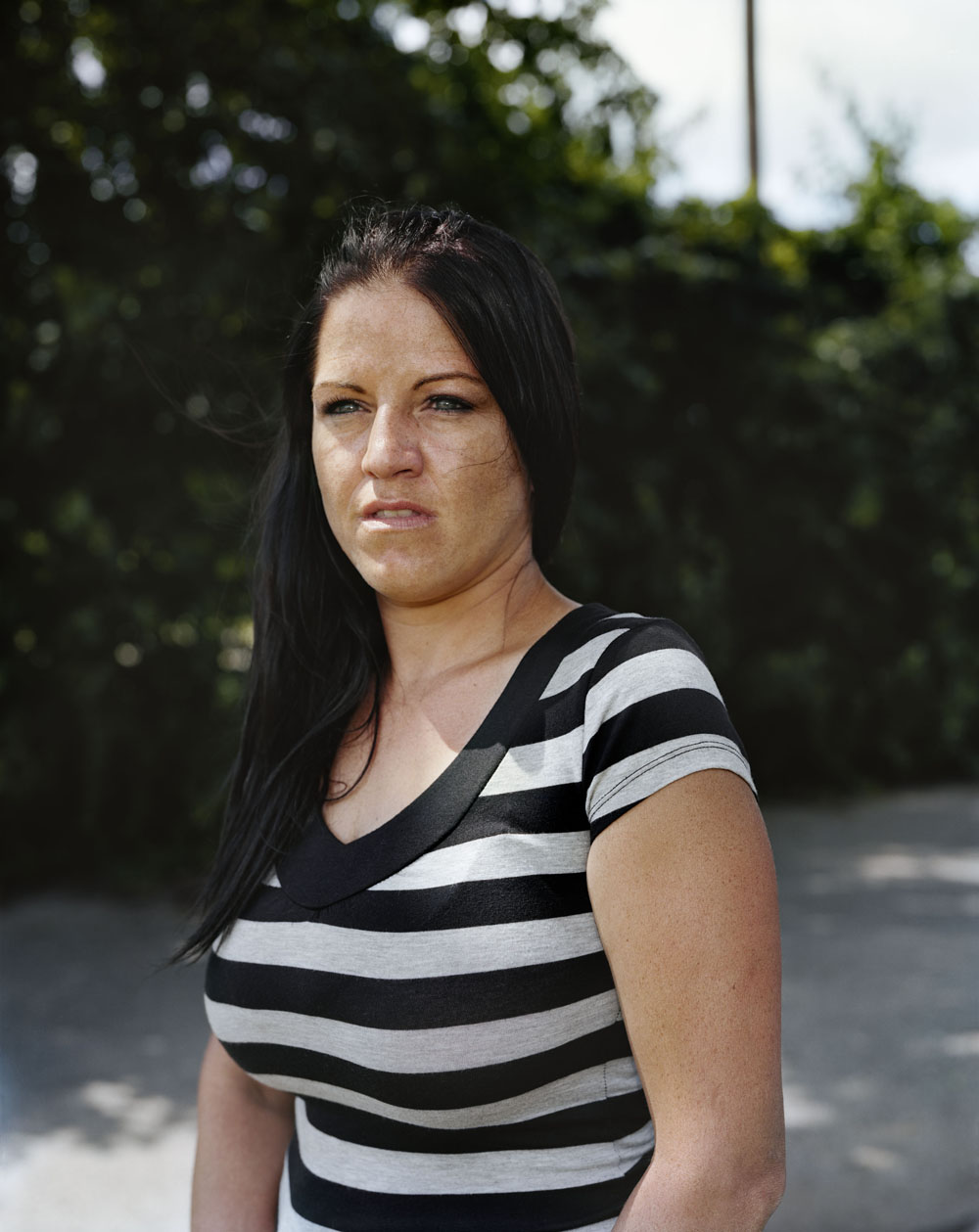

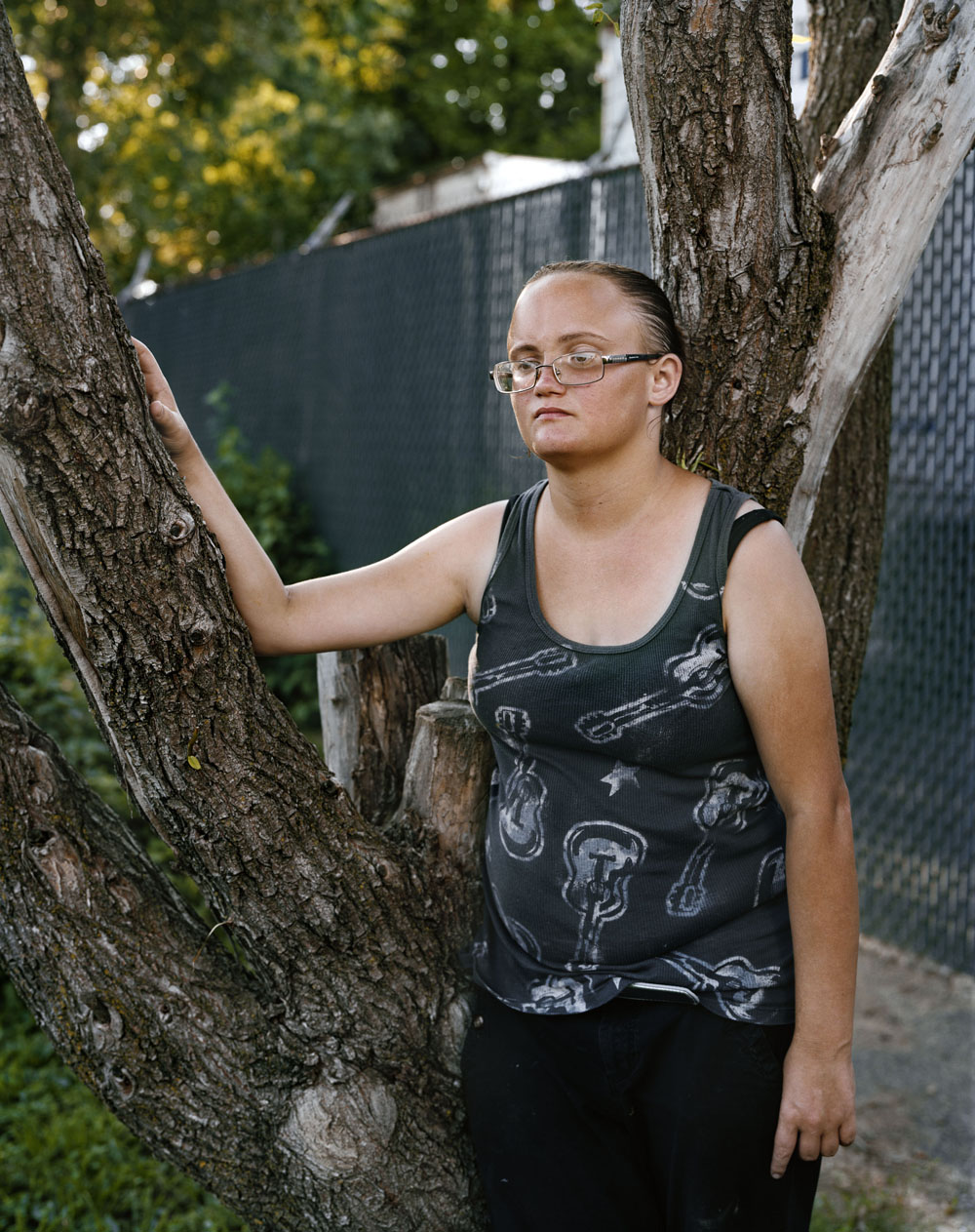
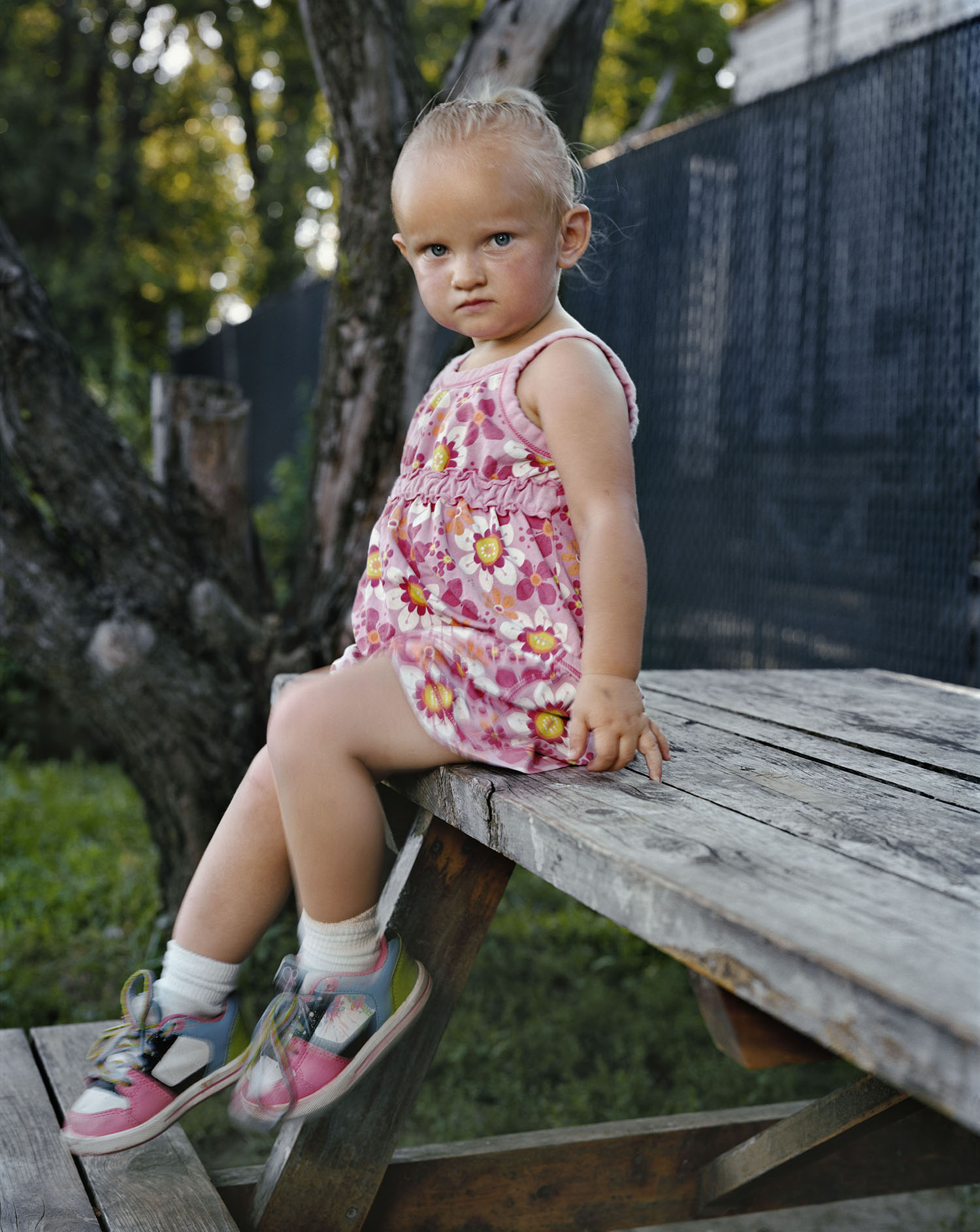
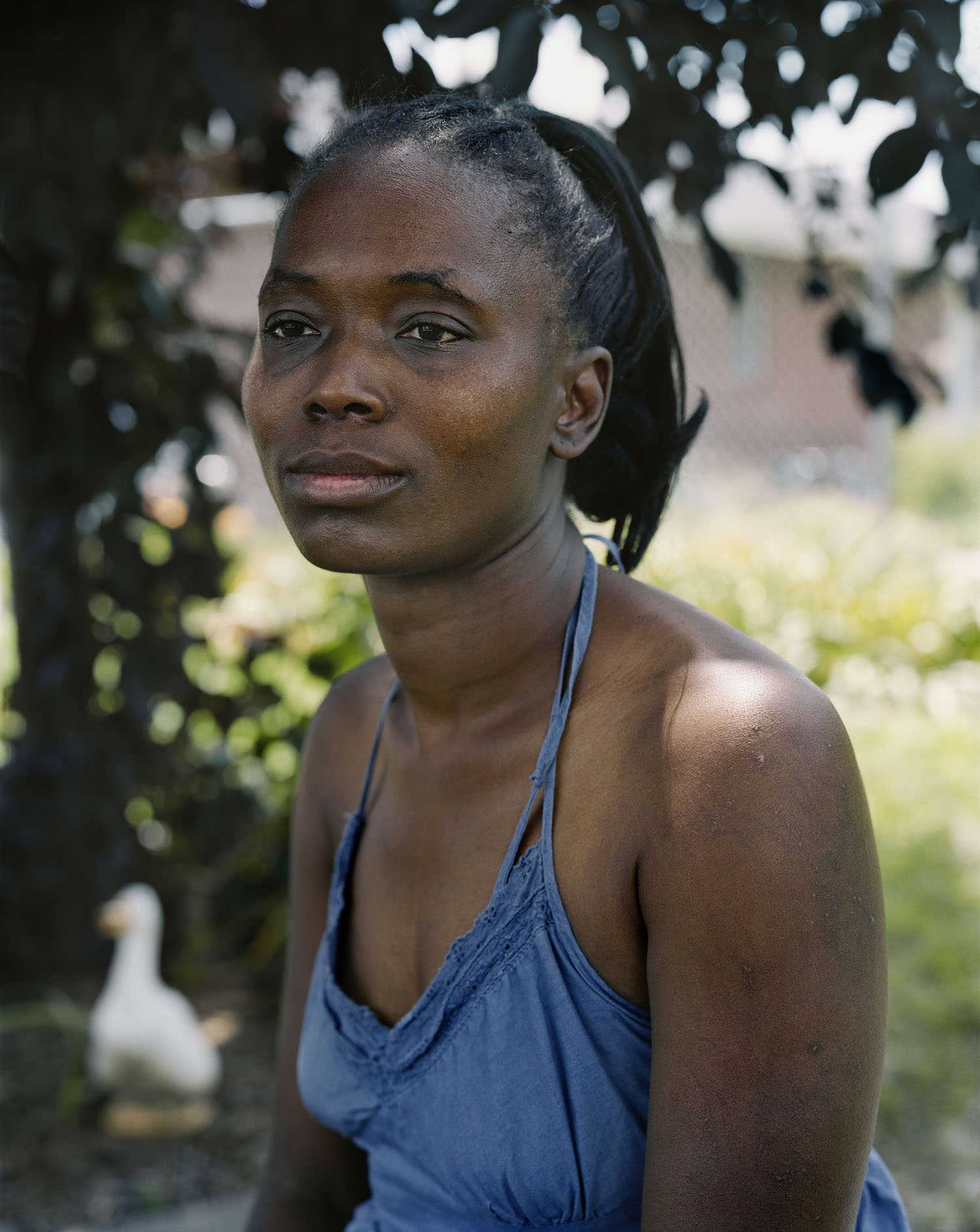


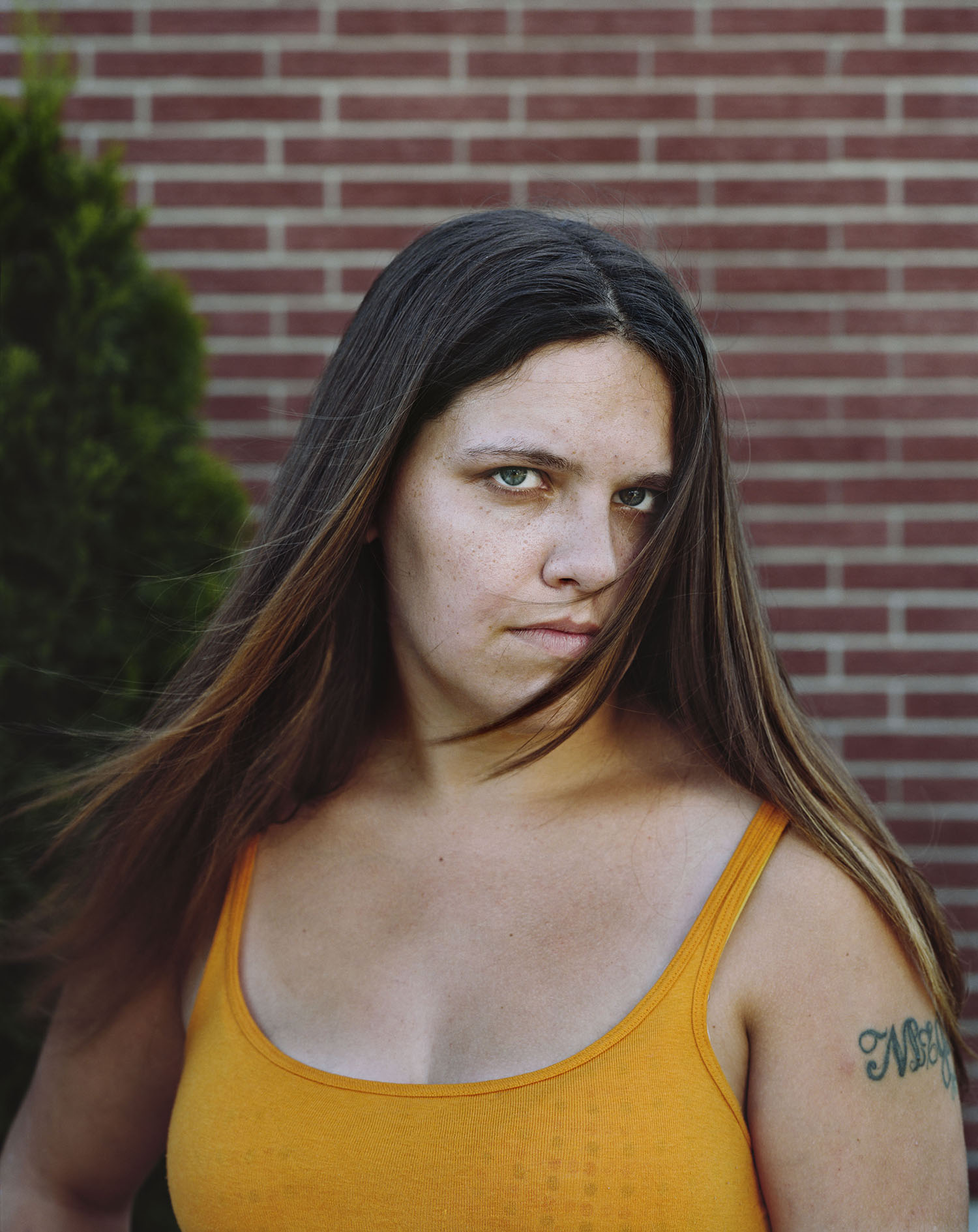

More Must-Reads from TIME
- Donald Trump Is TIME's 2024 Person of the Year
- Why We Chose Trump as Person of the Year
- Is Intermittent Fasting Good or Bad for You?
- The 100 Must-Read Books of 2024
- The 20 Best Christmas TV Episodes
- Column: If Optimism Feels Ridiculous Now, Try Hope
- The Future of Climate Action Is Trade Policy
- Merle Bombardieri Is Helping People Make the Baby Decision
Contact us at letters@time.com